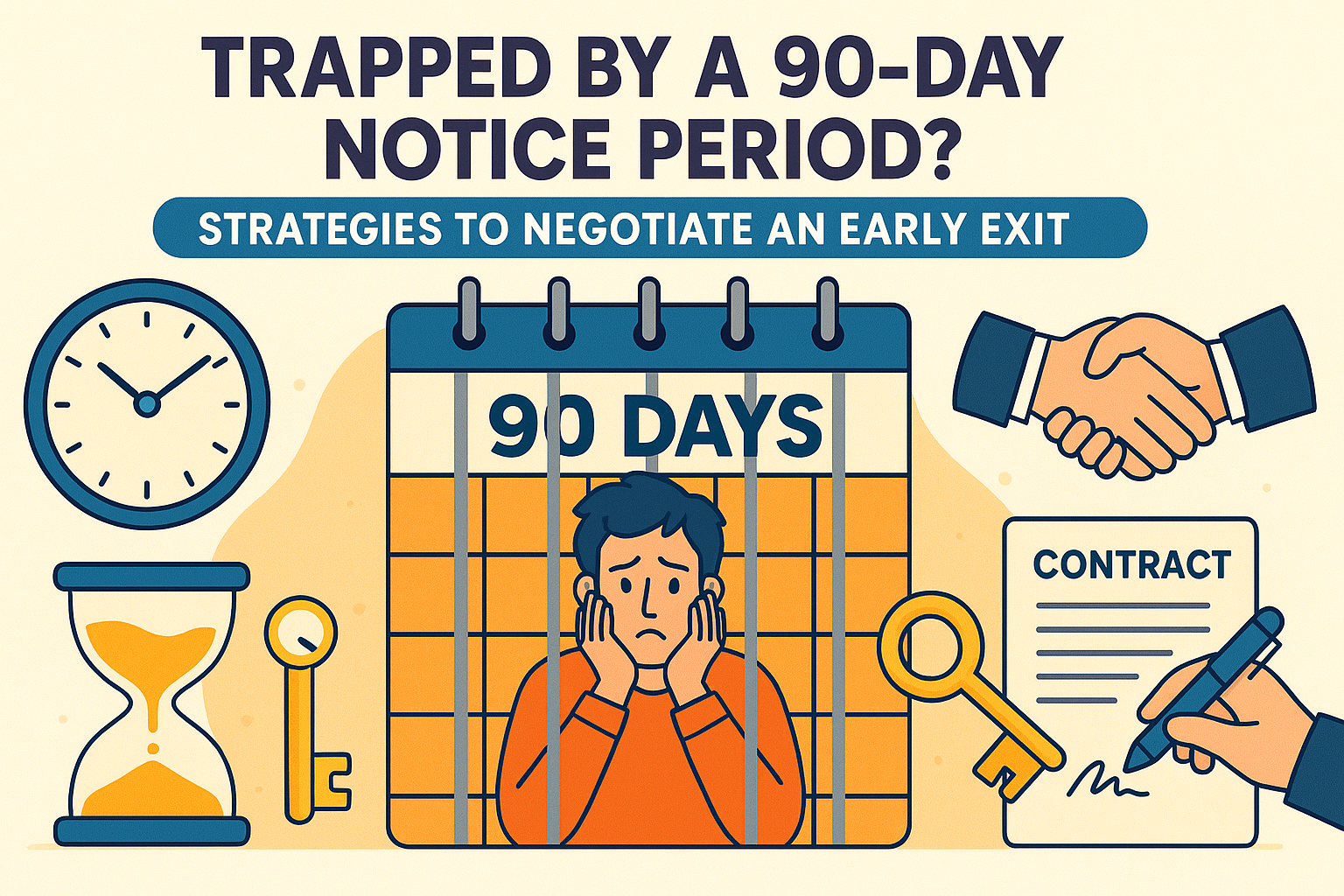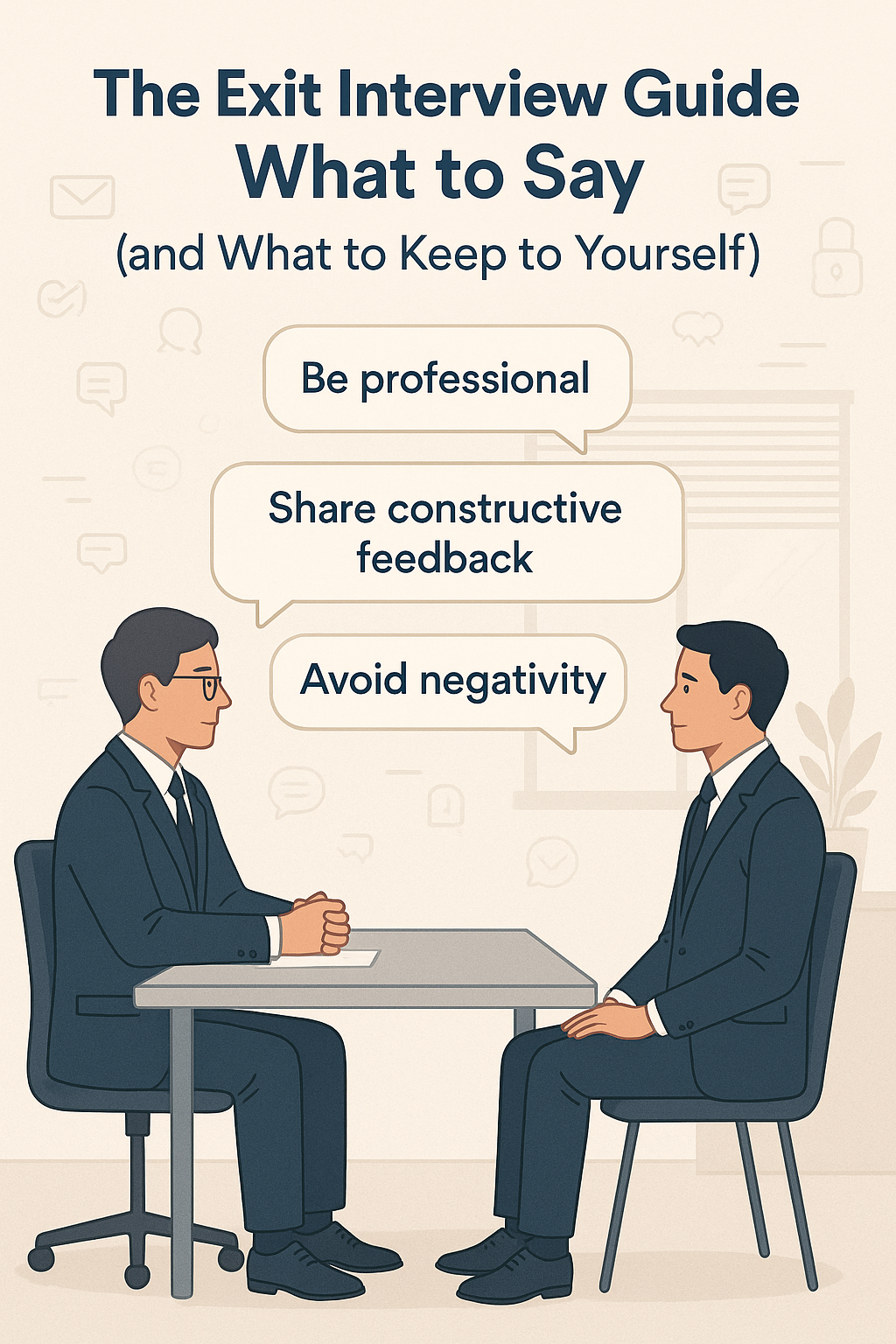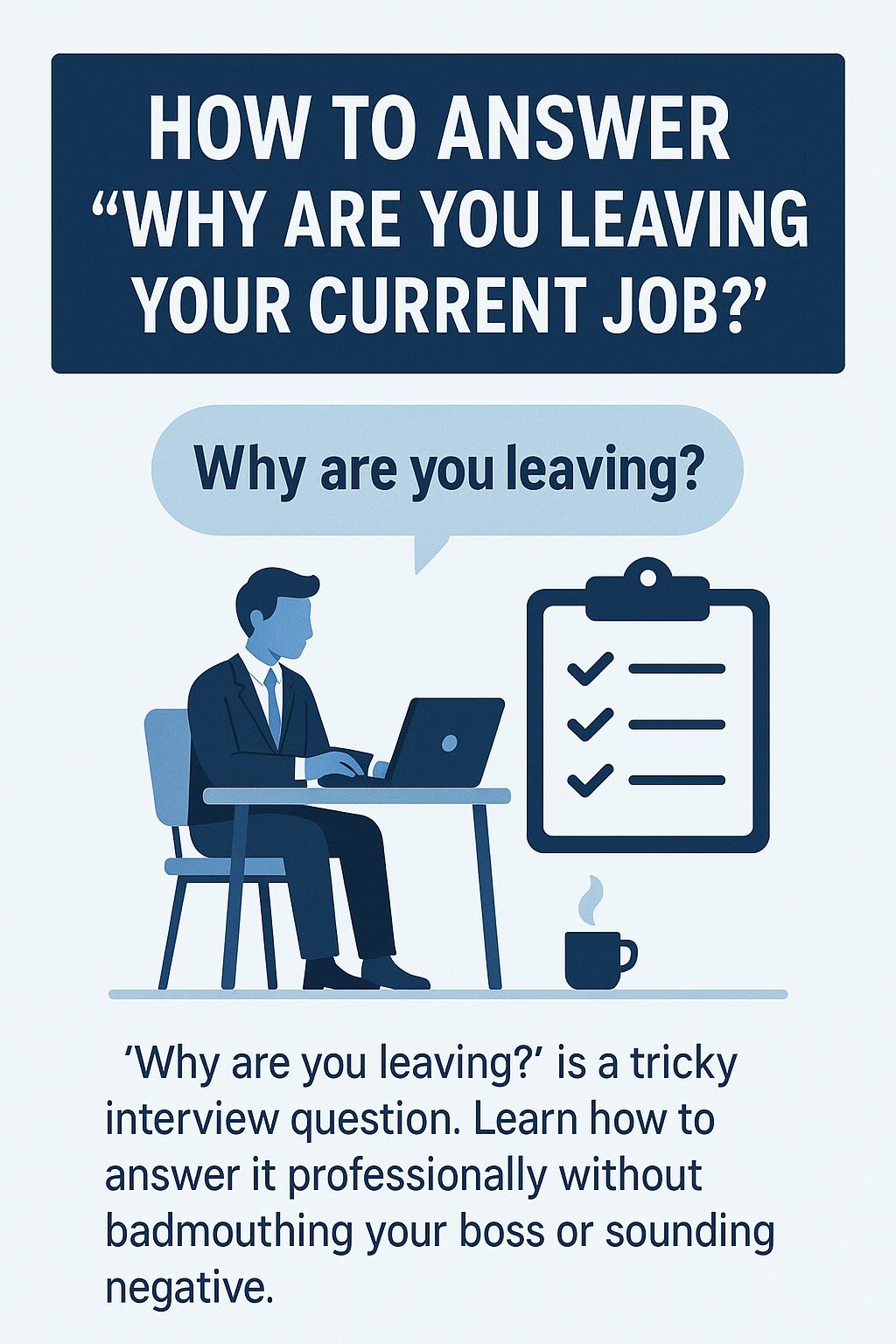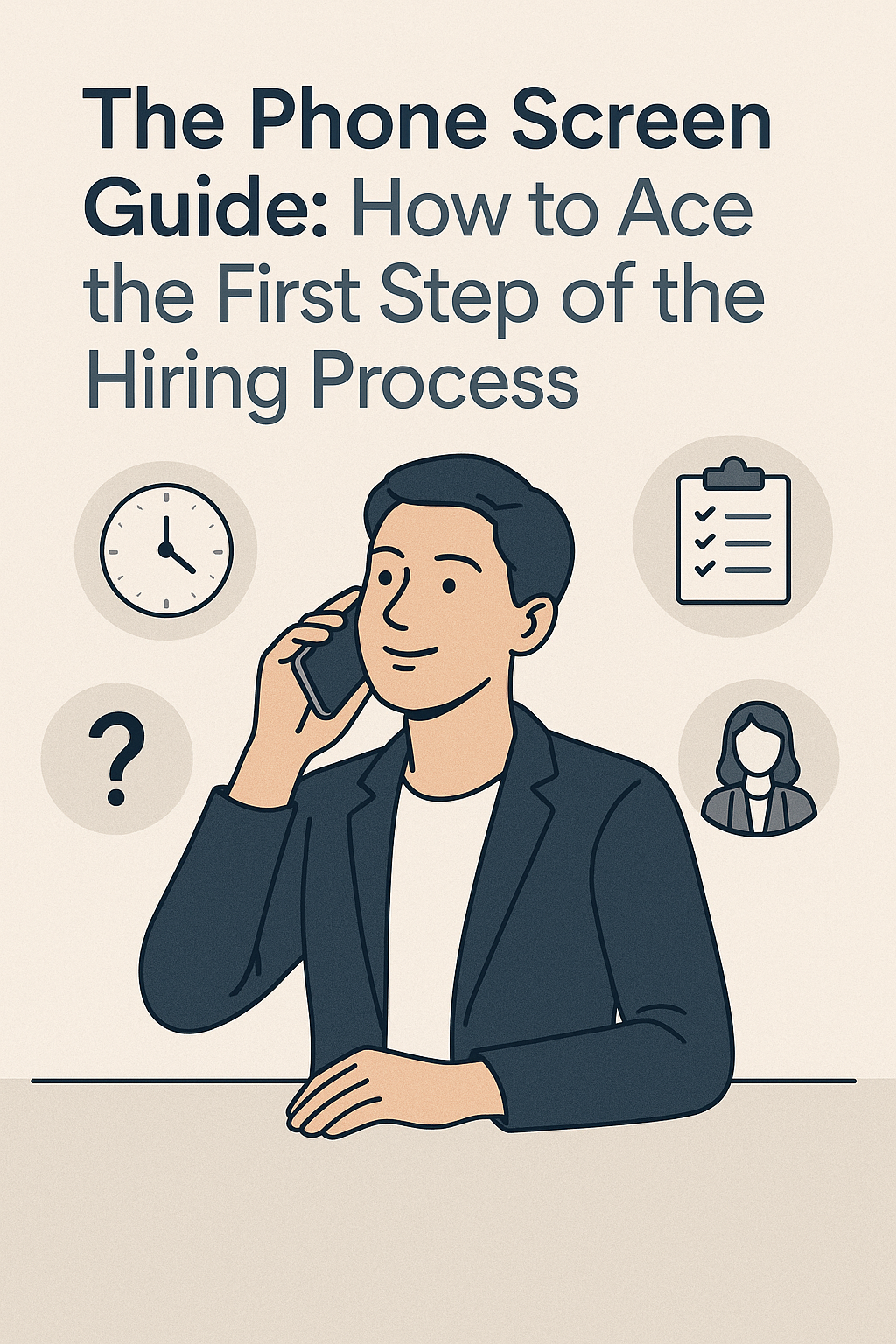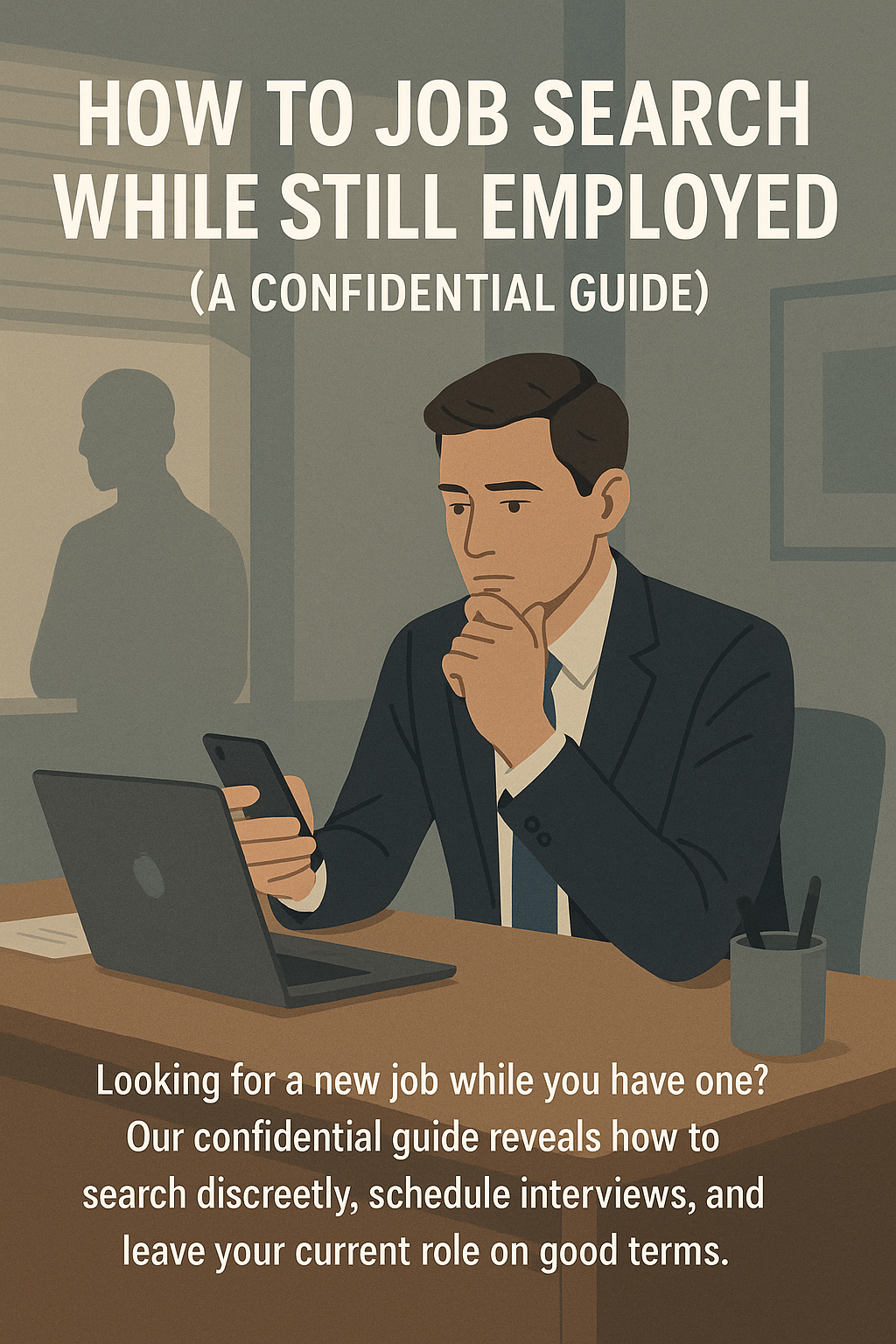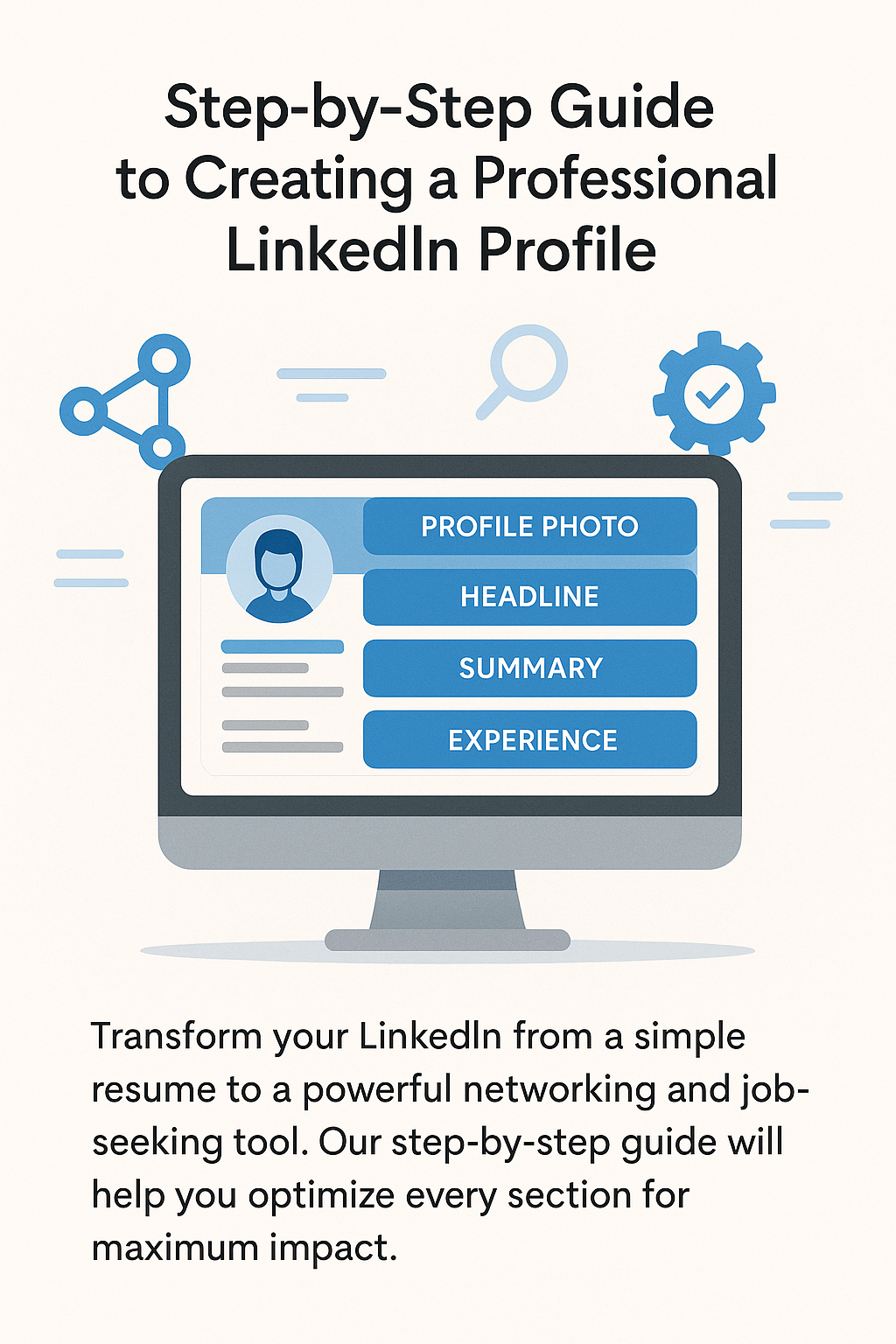
Your Step-by-Step Guide to Creating a Professional LinkedIn Profile
In the vast ecosystem of the internet, your LinkedIn profile has become your digital handshake, your professional storefront, and your career narrative all rolled into one. Yet, for so many professionals, it remains a sorely underutilized asset. They create a profile, hastily copy-paste a few bullet points from their resume, upload a grainy photo from a decade ago, and then let it sit there, collecting digital dust. They treat it like a static, online CV, a mere formality in the job application process.
This passive approach is a colossal missed opportunity. In 2025, LinkedIn is not just a resume repository; it is a dynamic, living ecosystem of opportunity. It's a networking event that runs 24/7, a research tool for uncovering company culture, a personal branding platform for showcasing your expertise, and one of the most powerful job-seeking engines on the planet. Recruiters aren't just waiting for you to apply for jobs; they are actively on the platform right now, searching for candidates with your skills.
If your profile isn't optimized, you are invisible to them. A well-crafted, active LinkedIn profile doesn't just wait for opportunities to come to it; it goes out and creates them. It tells the world not just what you've done, but who you are as a professional and where you want to go. This guide will take you, section by section, through the process of transforming your profile from a forgotten digital relic into a powerful, interview-generating magnet.
Before You Begin: The Mindset of a Power User
Before you change a single word on your profile, you need a crucial mindset shift. Stop thinking of LinkedIn as a chore. Start thinking of it as your personal career headquarters. It's the place you go to manage your professional brand, build meaningful connections, and stay on the pulse of your industry.
A power user understands that their profile is a marketing document, and the product is their career. Every section is a new opportunity to tell a cohesive story, to use the right keywords, and to persuade a potential employer or client that you are the solution to their problem. It's not about arrogance; it's about strategic self-promotion. Your profile should be a living document, updated regularly with new skills, projects, and achievements. Adopting this proactive, strategic mindset is the first and most important step toward unlocking the platform's true potential.
Section by Section: Building Your Profile for Maximum Impact
An all-star LinkedIn profile is a sum of its parts. Each section works together to create a compelling and comprehensive picture of your professional identity. Let's break down how to optimize each one.
Your Profile Picture and Banner: The First Impression
In the digital world, your profile picture is the first handshake. It’s a non-negotiable element. Profiles with a professional photo get up to 21 times more views than those without. This doesn’t mean you need to hire a professional photographer. A picture taken with a modern smartphone can work perfectly, as long as you follow a few simple rules: use a high-resolution image, have a clean and non-distracting background, dress professionally as you would for an interview, and most importantly, smile! A warm, approachable expression makes you seem more accessible.
Your banner image—the wide picture that sits behind your profile photo—is the most underutilized piece of real estate on LinkedIn. The default blue constellation graphic is a wasted opportunity. Instead, create a custom banner that reflects your professional brand. A graphic designer could showcase a collage of their work. A public speaker could use a photo of them on stage. If you're not in a visual field, you can use a simple image that represents your industry or create a graphic with a quote or a list of your core competencies. It’s a simple touch that makes your profile look instantly more polished and professional.
Your Headline: The 220-Character Sales Pitch
Your headline is the most important text on your profile. It follows you everywhere on the platform—in search results, in comments, in connection requests. The default headline is simply your current job title and company, which is boring and uninformative. You need to customize it to be a powerful, keyword-rich sales pitch.
Think about what a recruiter would type into the search bar to find someone like you. Your headline should be packed with those keywords. A great formula is: [Your Role] | [Key Specialization/Skill 1] | [Key Specialization/Skill 2] | [Unique Value Proposition].
For example, instead of "Software Engineer at ABC Corp," a much stronger headline would be: "Senior Software Engineer | Python & AWS Cloud Specialist | Building Scalable FinTech Solutions." This headline is rich with keywords ("Software Engineer," "Python," "AWS," "FinTech") and clearly communicates your area of expertise and the value you bring. Treat these 220 characters as the most valuable advertising space you own. For inspiration on which keywords to use, you can analyze job descriptions or even use a tool like the JobPe Resume Builder to identify the most in-demand skills for your target roles.
The "About" Section: Telling Your Professional Story
The "About" section is your chance to expand on your headline and tell your story in your own voice. This is where you connect the dots between your experiences and show your passion. Write in the first person ("I," "my") to make it more personal and engaging.
Structure your summary into three short paragraphs. The first should be a powerful opening that summarizes who you are, what you do, and what you're passionate about. The second paragraph should highlight 2-3 of your most impressive and relevant achievements, ideally with quantifiable results. The third paragraph should be forward-looking, stating your career goals and the kind of opportunities you are seeking.
End this section with a list of your core competencies or specializations in a bulleted list. This makes it easy for recruiters to scan for relevant skills and is another excellent place to embed your keywords.
The Experience Section: More Than Just a Job List
Do not simply copy and paste your resume into this section. While the information will be similar, you have more freedom on LinkedIn. For each role, write 2-4 powerful, achievement-oriented bullet points. Use the STAR method (Situation, Task, Action, Result) to frame your accomplishments. For example, instead of "Managed social media accounts," write "Grew the company's LinkedIn follower count from 5,000 to 15,000 in one year by developing and executing a content strategy focused on employee advocacy and industry insights."
The secret weapon of the Experience section is the ability to add rich media. Under each role, you can upload documents, photos, videos, and links to projects you’ve worked on. This is an incredibly powerful way to show, not just tell. Did you design a brochure? Upload the PDF. Did you give a presentation at a conference? Link to the video. This transforms your profile from a static document into a dynamic portfolio. Ensure the experience listed here aligns perfectly with what you have on your resume; running it through an ATS Check can help you spot inconsistencies and optimize language for both platforms.
The Skills & Endorsements Section: The SEO of Your Profile
The "Skills" section is critical for the LinkedIn search algorithm. Your goal is to populate this section with at least 15-20 relevant keywords that you identified from your research. LinkedIn allows you to "pin" your top three skills; make sure these are the three most critical skills for the job you want next.
Endorsements from your connections act as social proof, validating your proficiency in those skills. While you shouldn't obsess over them, a heavily endorsed skill is a positive signal to recruiters. Don't be afraid to proactively endorse your colleagues for their skills; they will often return the favor.
Recommendations: Your Social Proof
Recommendations are far more powerful than endorsements. These are written testimonials from former managers, colleagues, or clients that speak to your work ethic, skills, and character. A few high-quality, detailed recommendations can be incredibly persuasive.
The best way to get them is to give them. Write a genuine recommendation for a colleague you respect. Then, when you ask for one in return, be specific. Instead of a generic "Can you recommend me?", try "Hi [Name], I'm currently updating my LinkedIn profile and was hoping you could write a brief recommendation that speaks to my project management skills during our time together on the [Project Name] initiative." This makes it easier for them to write a relevant and impactful testimonial.
Activating Your Profile: From Static Page to Networking Hub
Creating a great profile is only half the battle. Now you need to use it.
- Connect Strategically: Don't just collect connections. Send personalized requests that explain why you want to connect.
- Engage with Content: Your feed is an opportunity. Like, comment on, and share posts from people and companies in your industry. A thoughtful comment on a post can get you more visibility than a dozen connection requests.
- Share Your Own Insights: You don't have to write long articles. Share an interesting industry article with your opinion. Post about a project you're working on. Celebrating a work anniversary or a new certification is a great way to stay on your network's radar. For those looking to dive deeper into tech, sharing what you've learned from a platform like Allrounder.ai can showcase your commitment to continuous improvement.
The Job Seeker's Toolkit: Using LinkedIn to Land Your Next Role
LinkedIn has powerful, built-in tools for job seekers.
- Signal Your Intent with "Open to Work": This feature confidentially lets recruiters know you are looking for new opportunities. You can specify the types of roles and locations you are interested in.
- Leverage LinkedIn Jobs and Easy Apply: The platform's job board is one of the most comprehensive available. You can set up highly specific job alerts to get notified of new openings that match your criteria perfectly.
- Follow Your Target Companies: Follow the companies you are interested in. You'll get updates on their business, culture, and new job openings. It also provides great material for your interviews.
Conclusion: Your Career's Living Document
Your LinkedIn profile is not a one-and-done task. It is your career's living, breathing document. It’s your personal brand headquarters, your networking tool, and your direct line to recruiters. By investing the time to build it strategically and engaging with the platform consistently, you transform it from a passive online resume into an active, powerful engine for career growth.
For more resources to help you ace every step of the job search, from resume building to acing tough interview questions, visit us at https://jobpe.com.

Creative Content Writer


